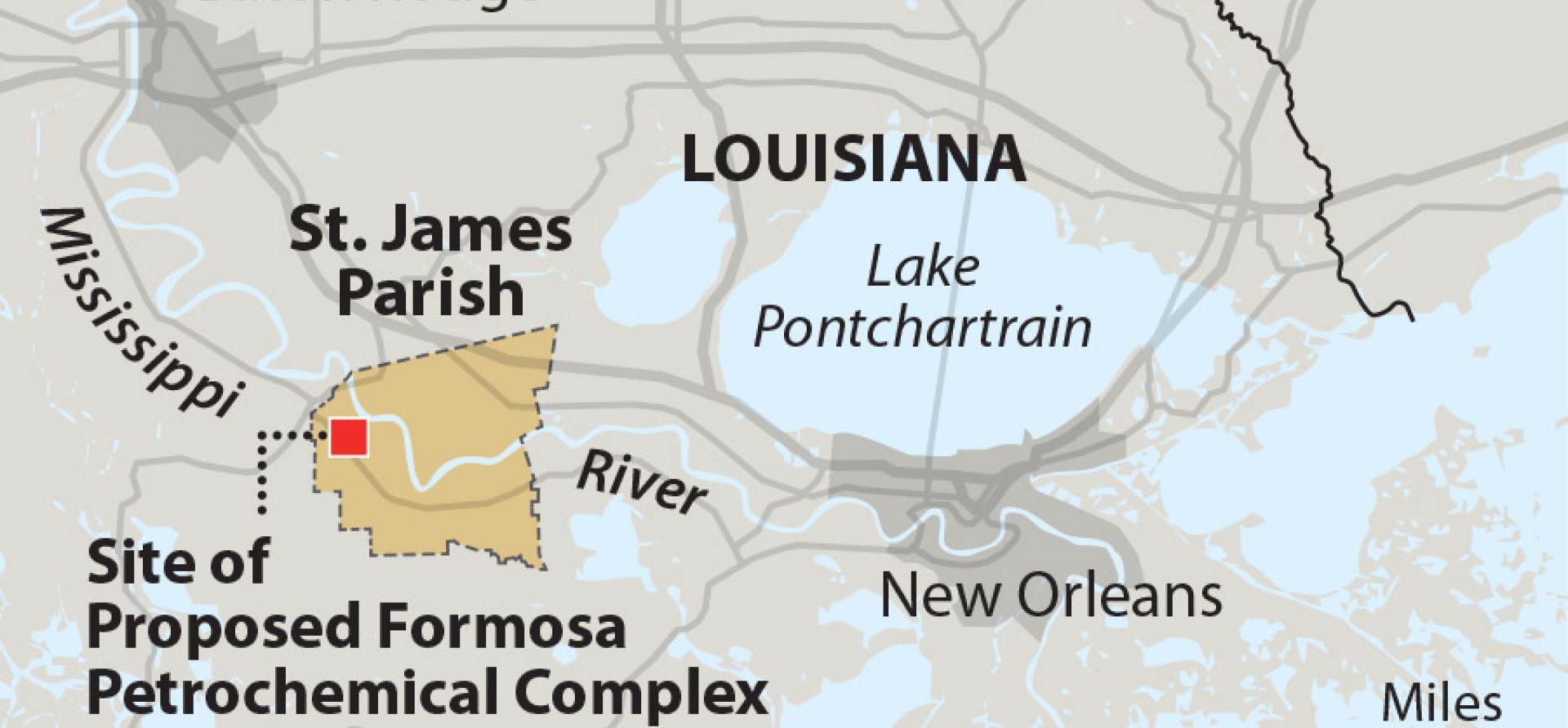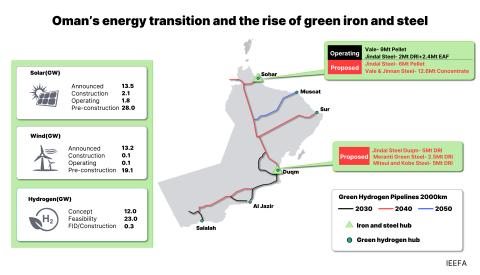Formosa Petrochemical project faces difficult market and financial risk
Download Full Report

Key Findings
The Formosa proposal to locate a large petrochemical complex in the heart of Cancer Alley is looking increasingly ill-advised.
Several economic headwinds weigh against investment in the risky Formosa petrochemical project.
The polyethylene market is oversupplied, placing downward pressure on potential prices and profits for Formosa.
State and federal proceedings, as well as a recent presidential executive order, have cast the future of the petrochemical complex into doubt.
Executive Summary
Formosa’s proposal to locate a large petrochemical complex in the St. James Parish of Louisiana—in an area commonly called “Cancer Alley” because it is plagued by toxic air pollution—appears increasingly ill-advised. The combined effects of rising macroeconomic headwinds, worsening polyethylene (PE) market fundamentals, and Formosa’s recent revenue declines weigh against investment in the risky petrochemical project.
Background
A macroeconomic headwind is a situation that both acts as a barrier to and puts downward pressure on overall economic growth. It can be caused by a variety of factors, such as high inflation, increased interest rates, lower consumer demand, rising unemployment rates, government regulations, and international trade barriers. For example, high inflation can cause a macroeconomic headwind because it makes it more difficult for consumers to afford goods and services. Similarly, high interest rates can make it more expensive for businesses to borrow money to invest in growth, which can also act as a headwind. In general, macroeconomic headwinds can slow down economic growth and make it more challenging for businesses and individuals to achieve their goals. When combined with significant market issues for a particular product or set of products, macroeconomic headwinds are cause for concern.
A 2021 IEEFA analysis found Formosa’s petrochemical project posed significant financial and market risks arising from problems of market oversupply, low petrochemical prices, strong competition for market share, restrictive trade policies, rising construction costs and a weakened bond rating. Later in 2021, S&P Global advised that delays in construction of the complex had actually benefitted Formosa’s credit rating. When IEEFA revisited its analysis in 2022, it found the commodity price environment had improved somewhat, but construction prices had risen; regulatory scrutiny had intensified; credit agency support had withered; and community opposition had heightened questions among stakeholders. The proposed project remained troubled. Today, worsening market conditions and a relative decline in company financials provide warning flags that the company should heed.

















